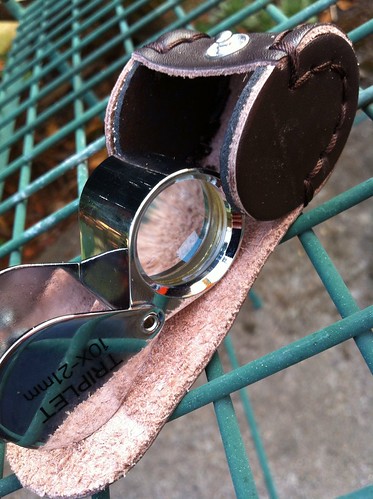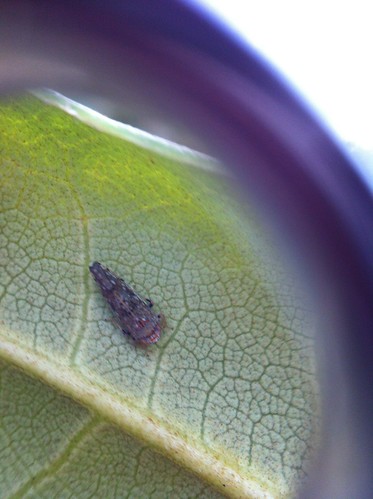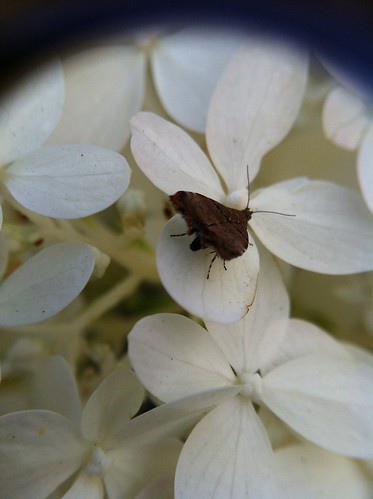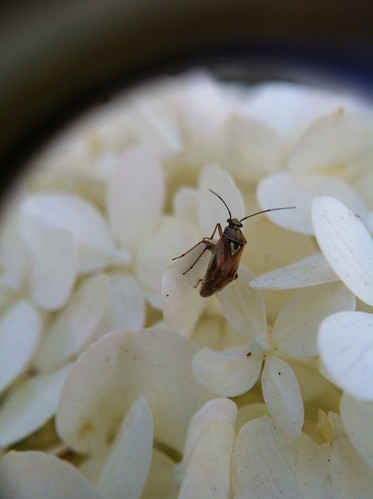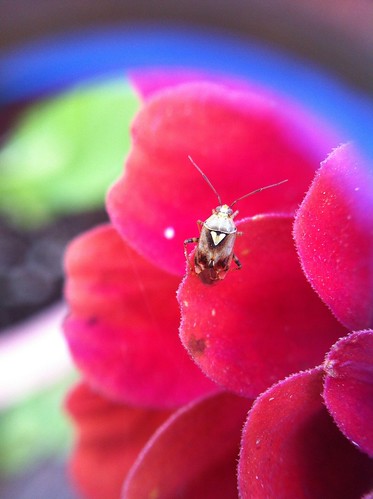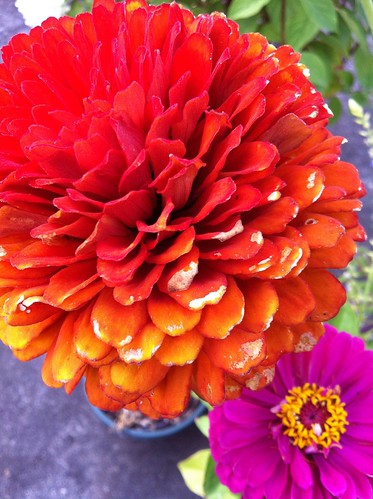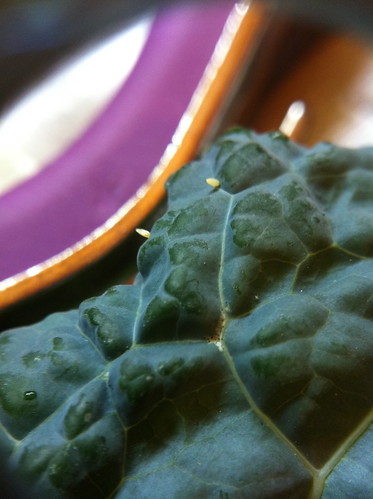My time at Maryland was about as utopian as a graduate student's experience could be. Our lab was fun! Our field sites were a 3 hour drive from the University, and we often killed time by playing games where we took turns naming as many birds species, butterfly host plants, car models, cartoon shows, or anything else we could come up with. If you couldn't think of something new to add to the growing list, you were out. [File under: games nerds play.]
We also spent quite a bit of time talking about our various collections. If you're an entomologist, it's nearly mandatory that you have a collection. Bob and Merrill collected butterflies. Merrill and Micky Eubanks kept birding lists. Bob also collected: coins, pine cones, lichens. I really looked up to these smart and accomplished folks, and I wanted to emulate them.
So I started my own collection.
I collect cerambycid (longhorn) beetles. Cerambycids are beautiful, and sometimes quite damaging.
 |
| A banded alder borer ~ one type of cerambycid beetle. Image credit: Larry Hanks. Image linked to Science Daily press release at: http://www.sciencedaily.com/releases/2008/08/080805153826.htm. |
But once I bought my first house and started gardening, I also started to collect the insect species that visit my yard. I don't collect every day, or even every week during the summer. Basically, I collect on summer days when work gets overwhelmingly stressful ~ and I need to do something to calm my mind, but could still qualify as 'work'.
 | |
| The bounty from an afternoon spent collecting insects in my backyard. |
So far, I've collected 36 species of bee, 20 species of beetle, 29 species of fly, as well as springtails, snakeflies, mantids, and many other insect goodies. It's amazing to me how hospitable a small patch of land can be, to so many different types of insects.
Carol and her family are doing the same thing, although on a broader taxonomic scale. And it all started with Carol's discovery of a rare moth on her Bellingham, WA windowsill ~ a moth that had, until that time, yet to be discovered (or at least, not recorded) in North America. It made the Peterson - Yoon clan wonder what else might be discovered in their yard. They thus set out to record every species they could catalog in their house and from their yard ~ efforts so elegantly reported by Carol in her New York Times article.
My own research has yielded a series of papers, co-authored with Kevin Matteson, Evelyn Fetridge and others, and suggests a few basic principles for insect biodiversity in gardens.
- Gardens, even in the most heavily urbanized areas, host a diverse assemblage of beneficial insects. (Fetridge et al., 2008; Matteson et al., 2008)
- Plant more flowering plants, and you'll get more bees and butterflies. The number of flowering plants in urban gardens predicted bee and butterfly diversity more than any other factor we measured. (Matteson and Langellotto, 2010).
- Adding in native plants surely has benefits for wildlife (an argument convincingly made by Doug Tallamy in his book, Bringing Nature Home). However, the small scale efforts often promoted by various organizations don't seem to have much of an effect, in terms of increasing beneficial insect diversity in gardens. (Matteson and Langellotto, 2011).
In 20 or 30 years from now, it is my dream to publish a definitive list of the insects found in a single Oregon garden ~ all in an effort to show that gardens, if managed sustainably, really do offer promise as conservatories of insect biodiversity.
